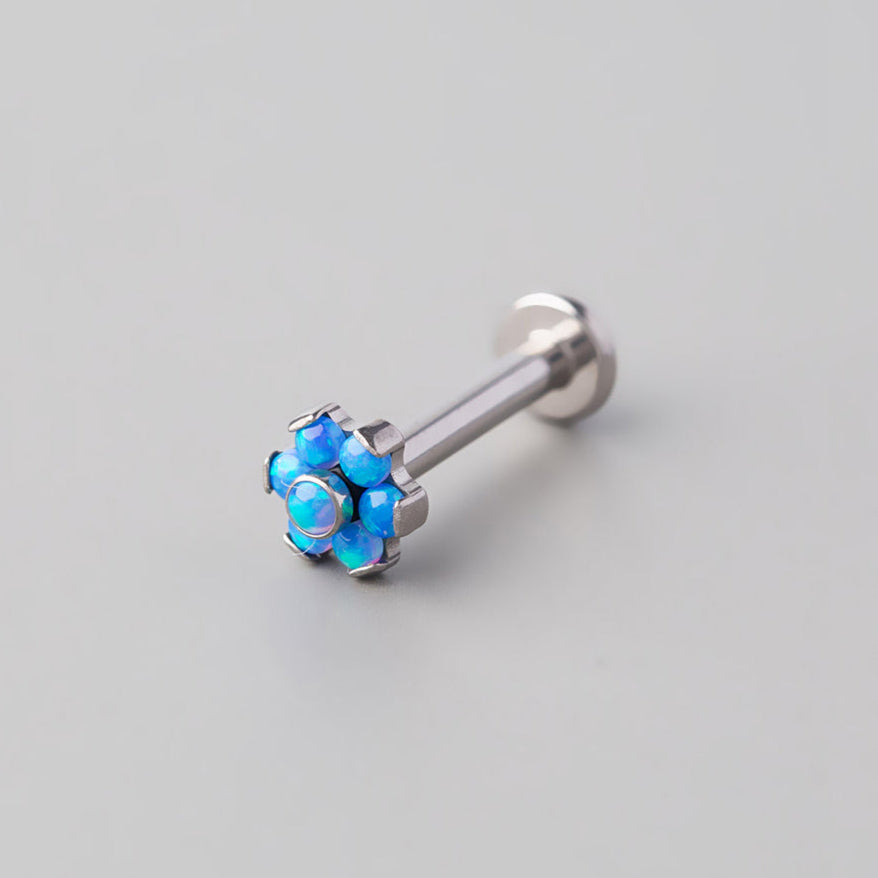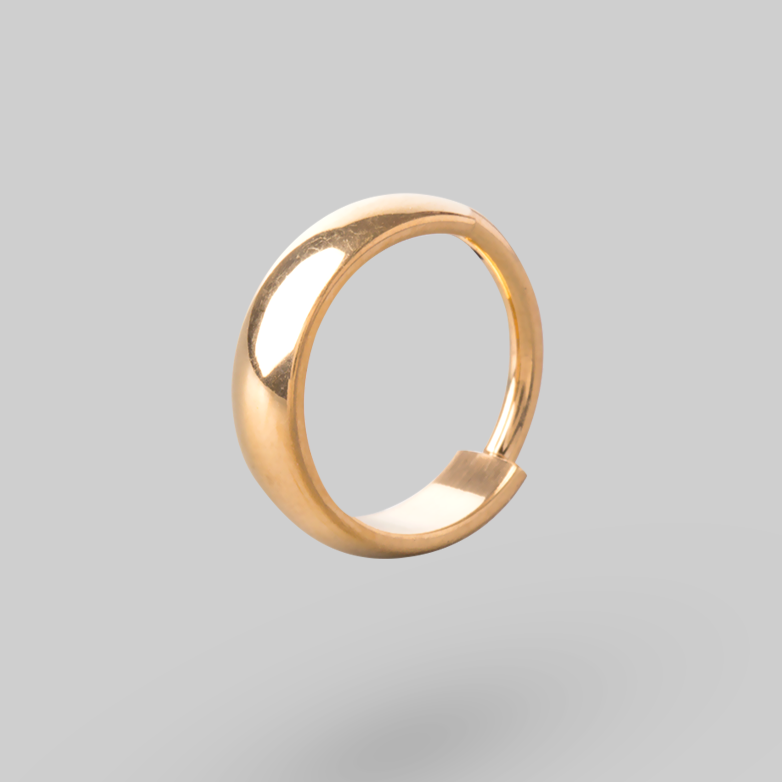Piercing Bump vs Keloid vs Infection: How to Tell the Difference & Treat It Safely
Noticed a strange bump on your piercing?
You're not alone — many people develop piercing bumps, keloids, or irritation lumps, especially during healing. But the big question is:
How can you tell what it is — and what’s the right way to treat it?


In this guide, we’ll break down:
-
The difference between a piercing bump, keloid, and infection
-
What causes each
-
How to treat them safely
-
When to seek professional help
🧠 Piercing Bump vs Keloid vs Infection – Key Differences
| Type | Looks Like | Feels Like | Typical Cause |
|---|---|---|---|
| Piercing Bump | Small, pink/red bump beside piercing | Soft, may ooze clear fluid | Irritation or minor trauma |
| Keloid | Raised, firm, shiny scar tissue | Firm & smooth, expands over time | Overactive scar response (genetic) |
| Infection | Swollen, red, warm, possibly pus-filled | Painful, tender, may throb | Bacterial contamination |
🔍 1. What Is a Piercing Bump? (Most Common)
✅ Looks Like:
-
Pink, flesh-coloured or red
-
Soft, small (pea-sized or smaller)
-
Sits next to the piercing site
-
May ooze clear/yellow fluid (not pus)
🧪 Caused By:
-
Sleeping on a new piercing
-
Changing jewellery too soon
-
Friction from hair, masks, or clothing
-
Low-quality jewellery materials
💡 Good news: piercing bumps are usually temporary and treatable.
🔍 2. What Is a Keloid? (Much Rarer)
⚠️ Looks Like:
-
Thick, shiny, raised scar tissue
-
May continue to grow beyond the piercing site
-
Often darker than your skin tone
🧬 Caused By:
-
Genetic predisposition
-
Overproduction of collagen in the healing process
🧠 Keloids are permanent unless professionally treated (e.g., steroid injections, laser removal).
Note: Keloids are not common. If your bump stays small and doesn’t grow over time, it’s likely not a keloid.
🔍 3. What Does a Piercing Infection Look Like?
🛑 Signs of infection:
-
Yellow/green pus
-
Throbbing pain
-
Swelling and heat
-
Foul smell
-
Red streaks spreading from the site
🔬 Caused By:
-
Touching with unclean hands
-
Poor aftercare
-
Swimming or exposure to bacteria
-
Trauma (tugging, impact)
🚨 If you're unsure, always consult a piercer or GP — infections can spread.
💊 How to Treat a Piercing Bump (Safely at Home)
✅ 1. Stick to Implant-Grade Jewellery
Titanium (ASTM F-136) is hypoallergenic, lightweight, and ideal for irritated or healing piercings.
✅ 2. Use Sterile Saline Spray Twice Daily
-
No alcohol or hydrogen peroxide — they can worsen irritation
-
Don’t use tea tree oil (it can burn healing skin)
✅ 3. Avoid Sleeping on It
Especially with cartilage piercings — pressure = irritation = bumps
✅ 4. Don’t Pick, Squeeze or Remove the Bump
Let it resolve with consistent care. Picking introduces bacteria.
🧴 What to Do If It’s a Keloid
-
Do not try to treat it with home remedies
-
Visit a GP or dermatologist for:
-
Cortisone injections
-
Silicone gel sheets
-
Cryotherapy or laser treatment
-
💡 Early intervention is key — if it’s growing, act quickly.
⚕️ When to See a Professional
| See a Piercer If… | See a GP If… |
|---|---|
| Bump won’t go away after 6+ weeks | Swelling, pain, pus or fever |
| Unsure if it’s irritation or keloid | Skin feels hot or red streaks appear |
| Want to change jewellery safely | Bump keeps growing after proper care |
🩹 Prevention Tips for Future Piercings
-
Always choose titanium or gold (no nickel-based metals)
-
Avoid cheap jewellery or mystery alloys
-
Don’t change jewellery before it’s fully healed
-
Clean hands before touching
-
Use only saline spray — no alcohol or harsh cleaners
✅ Final Thoughts: Identify, Don’t Panic
A piercing bump doesn’t mean failure. Most irritation lumps are normal, temporary, and can be cleared up with the right care.
But knowing the difference between a piercing bump, a keloid, and an infection is the key to treating it safely.
Camden Body Jewellery is here to help — with implant-grade jewellery, professional aftercare tips, and tools to keep your piercings healthy.
🛍️ Need Help Soothing Your Piercing?
Explore our range of titanium jewellery and aftercare essentials:
Stop The Reaction Before It Starts
90% of piercing irritation comes from poor quality metal. Upgrade to ASTM F-136 Implant Grade Titanium-the biocompatible gold standard used by professional piercers worldwide.
Myths vs. Reality
Myth: "Itchiness means infection."
False. Infection usually involves throbbing pain, heat, extreme swelling, and yellow/green pus. Mild itching alone is rarely an infection.
Myth: "Turn the jewelry to scratch the itch."
Never twist! Twisting breaks the healing seal, introduces bacteria inside the wound, and extends healing time by weeks.
Why Shop Camden?
-
Implant Grade Titanium
ASTM F-136 Compliant
-
Tracked UK Delivery
Free over £40
-
Sterilised Piercing Jewellery
Keeping your skin safe



